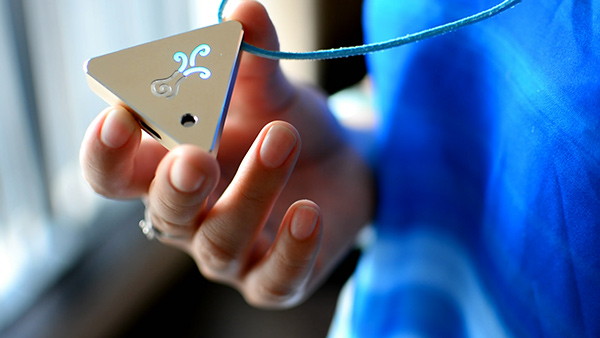The Bluetooth low energy is perfect technology for wearables because it is very energy efficient and inexpensive to boot. The BLE modules are tiny. The Bluetooth Special Interest Group Bluetooth SIG’s v4.2 and the new v5 specifications declare some excellent security requirements.

But there is one technology branch that requires even more for each of these great features.
This branch is wearable technology products.
If you develop wearable devices it is likely that you might wish that a BLE module be even more:
- energy efficient,
- inexpensive,
- tiny,
- and have an even more incredible security level.
For a BLE chip or module all these limitations should be taken into account if you are going to capture a market with a new idea.
Wearables Energy Efficiency
There are already some fitness trackers and smartwatches that can work on one charge for months.
Unfortunately, rarely do you find a wearable device can work for just weeks without charging. Perhaps it seems a little strange. Why shouldn’t devices with BLE be able to work for months? The problem is in its features.
Almost all wearable devices have a bright colourful display or built-in GPS, or have the ability to play audio or record a video. All these high-end features will drain a battery really fast.
This problem can not be solved only by a powerful battery because of the inherent costs. The best approach is to decrease energy consumption for all components. One good solution is to apply a hybrid display, or use a new energy saving chipset such as the Qualcomm Snapdragon Wear 2100, or ARM 32-bit Cortex-A32. Or by applying new approaches on how to make a product so that it does a little bit of processing only when it is needed, and turns off when don’t.
However, there is an interesting new trend in wearable technology. Potentially, some devices could be designed to work without any batteries at all. Potential sources of energy could be solar energy, human skin/movement and even “wasted” radio waves. And such devices are already on the market.
Wearables Cost
Wearables may seem pretty cool to most people. But they are still too expensive at this point. The prices range around $200-400, like $349 for the Apple Watch, $249 for a pair of wireless earbuds, $300 for a connected shirt or bracelet. The cost of purchasing wearable technology makes it more of a luxury rather than a necessity.
Wearables Size
Wearable devices should be comfortable to use and look nice. The size of electronic components is very important for devices that must be small. Smart jewelry devices such as earrings or rings are examples of devices where component size is critical. Today many wearables are similar to small computers. Electronic components should be really very small in order to create a good design. Some BLE chips are really miniature with dimensions of 3.5 mm x 3.5 mm x 1.0 mm, or even 5 mm2. But even more miniaturization is needed.
Binding Wearables With Smartphone
Primarily Bluetooth technology was developed for interaction between master/slave devices, and in piconet networks. For this case the master device must be in such network. For wearable technology it generally means that a device is bound to a smartphone. The cost of a real working solution in this case rises significantly.
But for some wearable devices it is possible to work autonomously. They could store data to a wearable personal cloud. If a BLE receiver (in a BLE mesh network or PC) is found the data would be transmitted to a server. Or a device could execute some operations without a master device such as the Huawei Watch 2 with built-in eSIM card. This is why wearables that are not tethered to a smartphone or other master device represent the biggest growth opportunities.
Wearables Security
Almost all wearable devices should protect privacy and support high-level security connections so a BLE chip should be tuned to work as securely as possible. The security problems are well-known for Bluetooth low energy implementations. Some vendors aren’t implementing the bonding and encryption protections offered in the BLE standard. This approach must not be used, especially for some branches of wearable devices. The most obvious of these are medical smart devices. Such devices must supply a secure end-to-end connection. The devices should also periodically generate a new shared key for encrypting data. Also, biometric security solutions are on the rise. These solutions avoid unauthorized access by using unique personal characteristics, such as fingerprints or facial recognition.
The new Bluetooth v5 specification reduced some existed limitations of BLE. Chips that implement the 5th specification will support a theoretical 2 Mbps speed data transfer. The range of these devices is boosted up to 30-50 meters. Data packets can now be in the 31- to 255-octet range, and that means fewer transmissions and less broadcast time. Wearable devices have become more autonomous, smaller, secure and cheaper to boot. All these facts tell us that more BLE limitations are being lifted from year to year. It helps to establish Bluetooth low energy technology as the upcoming de-facto standard for communication for both IoT and partly for wearable devices.
Source of images:
http://www.yankodesign.com/






